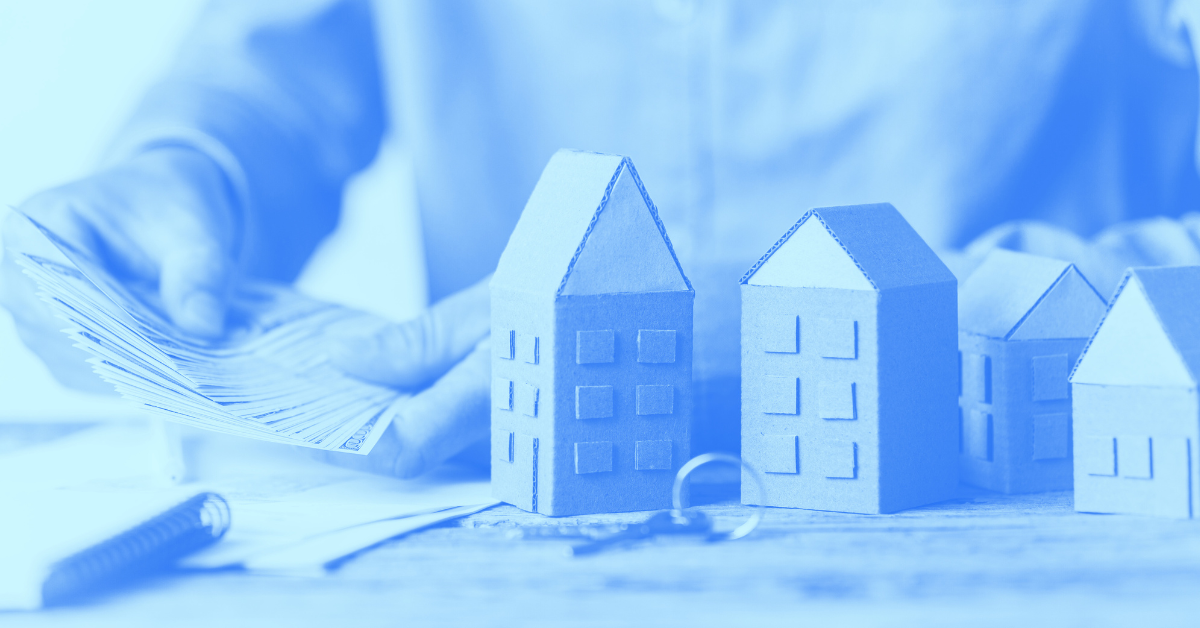Long-term financial success can largely be attributed to how we manage our monthly cash flow today. That’s not to say it 100% predicates whether we’ll be financially secure in the future, but it does greatly enhance our chances.
When it comes to managing our monthly cash flow, oftentimes personal finance gurus will point to strict budgeting. That could include reviewing expenses as often as weekly, categorizing them, and ensuring you’re spending less than what you’ve allocated to that particular line item in that given week or month.
However, there’s a problem with this type of budgeting practice. It’s oftentimes temporary. The practice can be time-consuming, stressful, and unrealistic for someone to stick to over a long period of time (similar to a dieting fad).
Instead, working on changing, developing, or ridding of financial HABITS can ultimately achieve the same goal of managing monthly cash flow better, spending more in line with values, and freeing up more cash to work towards financial goals!
This article will explore how we can develop healthy financial habits that can replace traditional budgeting practice and ultimately lead to long-term financial success.
The Goal of Budgeting
People who practice or have practiced budgeting, typically have one goal in mind; to reduce their expenses. While this is the obvious goal of budgeting, there’s more to it than that. Identifying whether money is being spent on things you actually value, or that actually add value to your life is another eye-opening way to view a budgeting exercise. Yet, underneath it all, the real goal of budgeting is to develop healthy financial habits around spending, saving, and understanding of your cash flow. Therefore, over time, you’re not having to dedicate time to pouring over expenses, categorizing, and feeling stressed about your spending.
The Case Against Traditional Budgeting
First, let’s be clear that I’m not against the actual practice of budgeting. In fact, the traditional budgeting practice is something I have all my new clients go through. By itemizing expenses, you’re able to understand where money is being spent, is it being spent on things you actually value, how much on average, and whether there needs to be an adjustment in order to accomplish other financial goals.
Yet, this is where I diverge from others who swear by a strict budgeting practice. As I mentioned prior, I don’t believe for the vast majority of people it’s realistic to maintain a budgeting routine weekly or even monthly over a long period of time. Instead, the focus during the initial budgeting exercise should be to answer the following simple questions:
- Am I spending money on things I actually value? If not, which expenses can I cut?
- Am I spending too much on average each month that it’s inhibiting my ability to work towards other financial goals (debt pay down, retirement savings, etc)?
Now, there are a few scenarios that typically play out once the first budgeting exercise is completed. 1) You’re spending too much, 2) you’re not spending too much, but identify expenses that you’d like to cut because they don’t add value to your life, 3) your spending is in line with how you’d like to spend and you’re still able to work towards financial goals. Obviously, number 3 is where you’d eventually like to end up. However, the path to getting there doesn’t have to mean you’re pouring over your expenses each month and ensuring your not spending over the set limit on any particular category of expenses.
Instead, the focus should be on how to grow, support, or develop new healthy financial habits that can underline what you’re trying to accomplish with this initial budgeting exercise! Habits become second nature and therefore less time, effort, and stress is afforded to behavior that we just do without thinking.
How to Develop Healthy Financial Habits
Once you’ve worked through the initial budgeting exercise (you can try our free budgeting software here), identified expenses you’d like to cut or are necessary to cut, turn your focus to seeing the whole picture. Do you have high-interest debt that needs to be addressed? How much are you currently saving for retirement or the kids’ college? Regardless of what your other financial goals are, prioritize them. Which are absolutely essential versus those that can wait? Once you’ve prioritized your goals, you can determine where the extra cash flow from the “cut” expenses will go.
Next, automate the newly freed up cash flow. This will FORCE you to save, invest, or pay down the debt you’ve recently identified as your top priority. Now, you might be wondering how this will actually change behavior? Depending on the situation and how drastically spending may need to be altered, there are a few strategies that can help support the change.
- Stop using credit cards. Take them out of your purse or wallet and leave them at home. Don’t close the accounts, but STOP using them until you’ve grown into your desired spending habits. Credit cards do not reinforce good spending habits, and eliminating them from the equation until new habits are formed is key. I don’t care whether you’re missing out on cash rewards, travel points, or other perks, the long-term benefit of changing behavior is far more beneficial than any short-term perk you may receive.
- Use cash only. Without a credit card to spend you have two options; debit card or cash. If you have drastic changes to make in regards to spending, using cash only can help support that behavioral change. There’s something to say about actually SEEING your cash on hand reduced. It makes you think twice about certain expenses and draws you back to the question: does this actually add value to my life? Ultimately, this question should underline all your expenses and will be fundamental in changing spending habits.
Spending only what you have available after allocating cash towards financial goals (through automation) will FORCE you to spend within your limits. Again, the key is to spend only on things that add value to you, which inherently makes it easier to adjust to the potentially lower spending level because you’re essentially removing expenses that don’t add value anyways!
Over time, you’ll be able to re-introduce credit cards so that you’re able to reap the perks associated with them. Ensuring that they’re paid off on a monthly basis and that you’re still spending only what’s available is key. If you fall back into old habits, just repeat the prior steps.
The Bottom Line
Ultimately, I believe using these strategies in tandem with an initial budgeting exercise can lead to long-term, sustainable, healthy financial habits. Once habits are established, they’re much easier to maintain. It’s less work, stress, and time consumed than traditional budgeting. Focusing your energy on changing or developing healthy financial habits instead of painstakingly reviewing itemized expenses each month is simply a better way to budget, manage cash flow, and make progress towards financial goals!


 About the Author
About the Author

